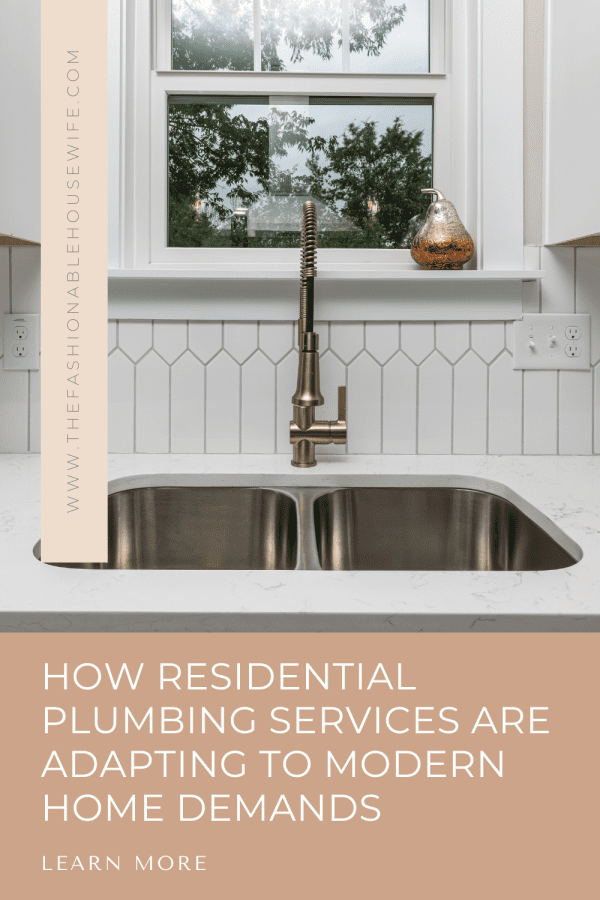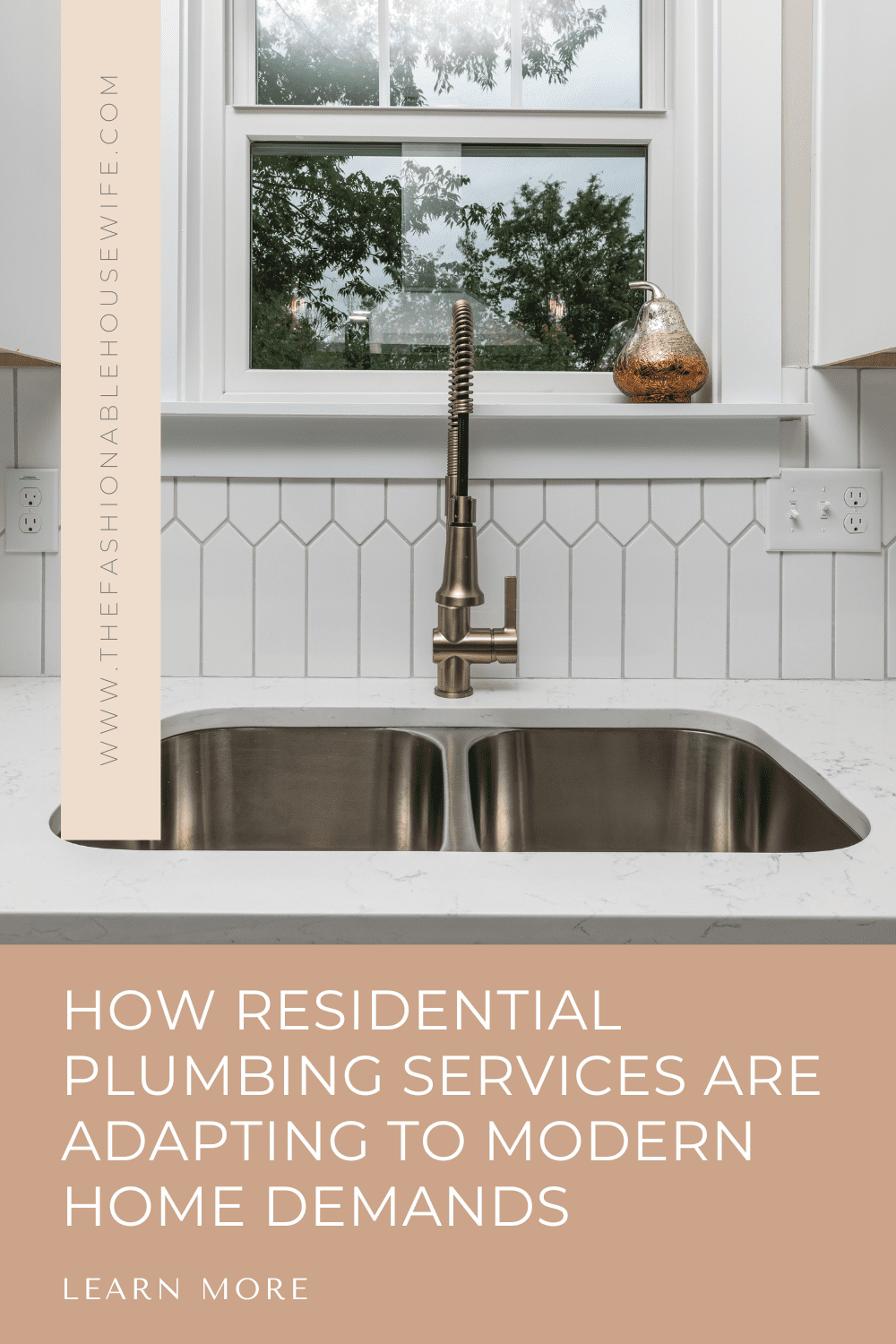How Residential Plumbing Services Are Adapting to Modern Home Demands

Home plumbing is evolving with smarter, eco-friendly solutions driven by consumer demand. Modern homes utilize smart controls, leak detection systems, and sustainable fixtures, necessitating that plumbers expand their expertise. These innovations, driven by concerns about water scarcity and energy, enhance efficiency and conservation, adding value and resilience to homes.
Smart Plumbing Technologies
Smart plumbing technology provides homeowners with powerful tools to monitor and control water usage through IoT devices, such as leak detectors and voice-command faucets. These systems provide real-time alerts and detailed insights into water flow, helping to prevent leaks, save water, and avoid costly damage. Innovations include programmable showers and precise temperature controls, enabling personalized and energy-efficient usage. Moreover, smart plumbing technology integrates seamlessly with broader smart home systems, creating a more connected and intuitive home environment that ensures convenience and sustainability. Homeowners seeking expert solutions can benefit significantly from reliable handyman services to install and maintain these advanced plumbing systems.
Eco-Friendly Plumbing Solutions
The urgency of environmental preservation boosts green plumbing adoption. Water-saving aerators, low-flow faucets, and dual-flush toilets are now standard. Rainwater harvesting, more affordable, helps owners irrigate gardens without municipal water, saving money and benefiting the environment. Greywater recycling reuse water from sinks, showers, and laundry for irrigation or flushing, reducing urban and suburban water use.
Tankless Water Heaters
Touted for their efficiency and space-saving design, tankless water heaters heat water only when required—eliminating the standby energy losses typically seen with tank-based models. These units often have twice the lifespan of traditional water heaters and occupy a fraction of the space, making them ideal for both new construction and retrofit projects.
Installations are generally straightforward, and the lack of a reservoir makes them far less susceptible to certain kinds of mineral scaling and rust. Homeowners also benefit from virtually unlimited hot water on demand and noticeable reductions in monthly utility costs.
Advanced Piping Materials
Modern plumbing systems are moving beyond copper and galvanized steel. PEX (cross-linked polyethylene) is leading the way thanks to its flexibility, ease of installation, and resistance to freezing and corrosion. PEX pipes can be snaked through walls and around obstacles with minimal connections, reducing both labor and the likelihood of leaks.
CPVC (chlorinated polyvinyl chloride) is another option that withstands high temperatures and chemical corrosion, making it popular for both hot and cold water lines in residential environments.
Virtual Reality in Plumbing Design
Virtual reality (VR) tools are transforming the initial stages of plumbing design and installation. Using VR models, contractors and homeowners can explore a 3D layout before any pipes are cut or walls are opened, achieving more precise planning and a greater level of customization. This technology minimizes misunderstandings and errors, streamlining the approval process while helping clients visualize the final product with remarkable accuracy.
Water Monitoring Systems
Data-driven water monitoring systems are now standard in smart homes, providing continuous updates about water usage patterns, identifying abnormal behavior, and alerting users to leaks or wastage. These systems can often be controlled through intuitive mobile apps, allowing both homeowners and service professionals to identify issues remotely and respond in real-time. Many insurers even offer policy discounts for homes equipped with smart monitoring, recognizing the potential to minimize water-related claims.
Automation in Plumbing Systems
Automated plumbing solutions—such as sensor taps and hands-free flush valves—are now commonplace, promoting hygienic, water-saving environments. Smart shutoff valves can instantly stop leaks upon detection, dramatically reducing the risk of water damage. Automation also supports healthier homes, reducing the spread of germs and conserving resources at every opportunity.
Challenges in Modern Plumbing
Adapting to modern plumbing offers benefits but presents challenges. Service pros must update skills for complex, tech-connected systems. Retrofitting old homes requires creative solutions to maintain structural and historic integrity. Interoperability and cybersecurity are rising concerns for homeowners and installers. Technological and environmental innovations are transforming residential plumbing. Staying informed helps both enjoy safer, greener, and more efficient homes.
Conclusion
The evolution of modern plumbing reflects a powerful blend of innovation, efficiency, and sustainability. From smart water monitoring systems and eco-friendly fixtures to advanced materials and automation, these technologies redefine how homes manage water use and comfort. They not only reduce waste and utility costs but also enhance safety, hygiene, and long-term reliability. As plumbing systems grow more intelligent and interconnected, partnering with skilled professionals ensures proper installation, maintenance, and integration with other home technologies. Embracing these advancements allows homeowners to enjoy a future-ready living environment that’s efficient, resilient, and environmentally responsible.

